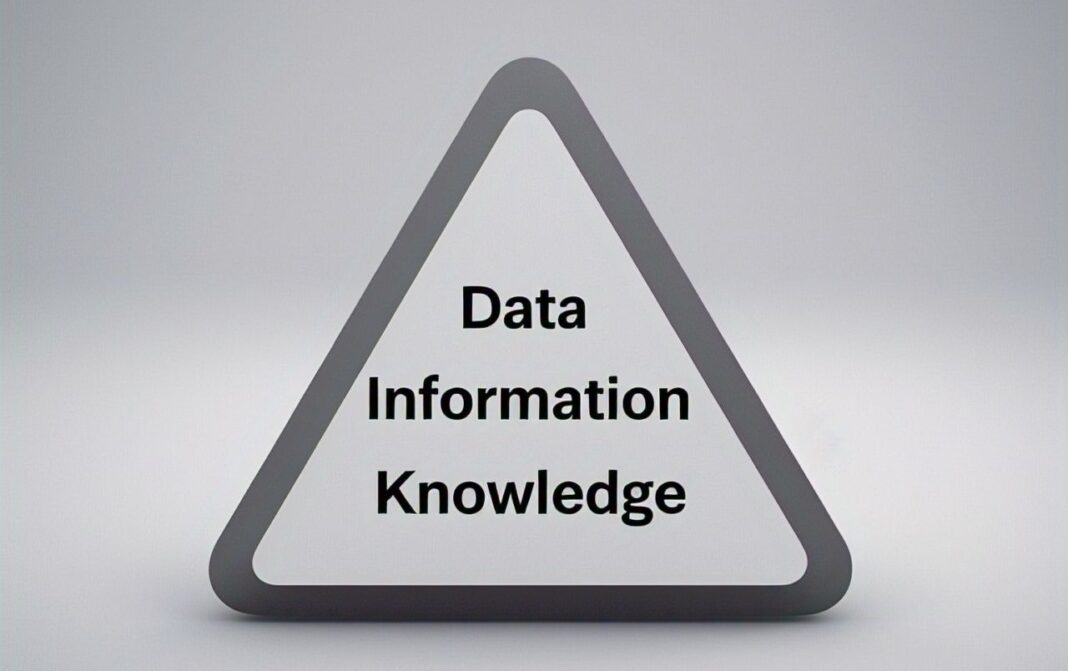In today’s digital age, we’re constantly bombarded with vast amounts of data, information, and knowledge. While these terms are often used interchangeably, they have distinct meanings and play different roles in our personal and professional lives. In this blog, we’ll explore the differences between data, information, and knowledge, and how they fit into the DIK triangle.
Data
Data refers to raw, unprocessed facts and figures. It’s the building block of information and knowledge, but on its own, it lacks context and meaning. Examples of data include:
- Numbers and statistics
- Text and images
- Sensor readings and logs
Data is often characterized by its:
- Volume: Large amounts of data are generated every second.
- Velocity: Data is generated at an incredible speed.
- Variety: Data comes in many formats and structures.
Information
Information is processed data that has been given meaning and context. It’s the result of analyzing, interpreting, and organizing data to create something useful and relevant. Examples of information include:
- News articles and reports
- Social media posts and updates
- Research papers and academic studies
Information is often characterized by its:
- Relevance: Information is relevant to a specific context or purpose.
- Accuracy: Information is accurate and reliable.
- Completeness: Information is comprehensive and provides a complete picture.
Knowledge
Knowledge is the highest level of the DIK triangle. It’s the result of applying information to real-world situations, experiences, and expertise. Knowledge involves:
- Understanding: Knowledge involves a deep understanding of a subject or concept.
- Insight: Knowledge provides insight into complex problems and situations.
- Application: Knowledge is applied to real-world situations to create value.
The DIK Triangle
The DIK triangle illustrates the relationships between data, information, and knowledge. Data is the foundation, information is the middle layer, and knowledge is the highest level.
- Data → Information: Data is processed and analyzed to create information.
- Information → Knowledge: Information is applied and experienced to create knowledge.
- Knowledge → Wisdom: Knowledge is refined and distilled to create wisdom.
In conclusion, the DIK triangle highlights the distinct differences between data, information, and knowledge. Understanding these differences is crucial in today’s information age, where we’re constantly bombarded with vast amounts of data. By recognizing the relationships between data, information, and knowledge, we can create value, make informed decisions, and drive innovation.







